A
piercing is a body modification where jewelry or other decorative items are inserted into a hole in the body.
Body and ear piercings are done by creating a puncture in the skin and inserting jewelry, usually with a sharp needle. There are many types of piercings, from the common earlobe piercing to more exotic facial piercings such as the bridge, septum, or rook. Some people even get surface piercings, which are piercings that go through the top layers of skin but are not deep enough to puncture any major organs. The most important thing when getting a piercing is to make sure it is done by a professional who knows how to sterilize their equipment and work safely. Aftercare is also very important to make sure your piercing heals properly and doesn’t become infected.
What are the types, materials, and features of piercing?
There are many different types and materials used in a nose ring. Common types of body piercings include ear piercings (such as tragus piercings, rook piercings, and daith piercings), facial piercings (such as nose piercings, lip piercings, and eyebrow piercings), and body piercings (such as navel piercings, tongue piercings, and nipple piercings). Some of the most popular materials used for piercings include titanium, stainless steel, niobium, gold, and silver. All of these materials are considered safe for piercings, however, certain types of materials may be more comfortable than others.
What are the uses and benefits of piercing?
Body piercing can be an exciting way to express yourself and add a unique touch to your style. Bridge piercings have been used for centuries for various reasons including spiritual or cultural rituals, fashion trends, and even medical reasons. Piercings can also be used to create more intense and intricate body art designs. Some people use gold nose rings as a form of self-expression and even as a way to show a sense of belonging to a particular culture or group. Piercings can be used for aesthetic purposes, such as earlobe piercings which are commonly used to display earrings. In addition to aesthetic reasons, piercings also have some medical benefits. Nostril piercing can be used to improve sinus issues, while ear piercings may help with migraines. Additionally, nipple piercings can aid in breast milk production for breastfeeding mothers.

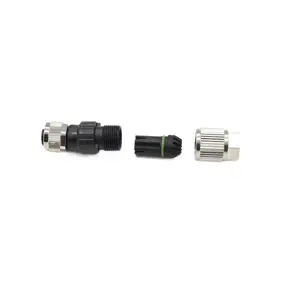






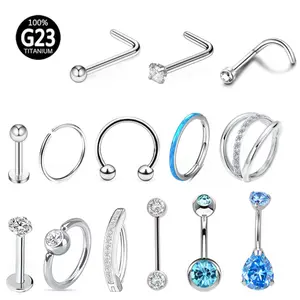









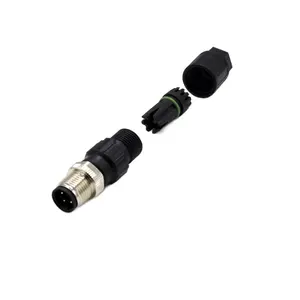

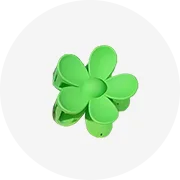
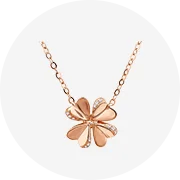
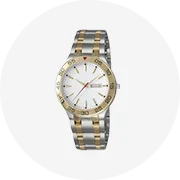
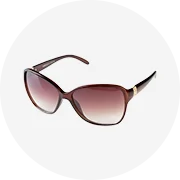
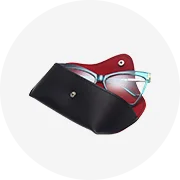
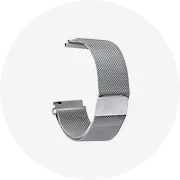
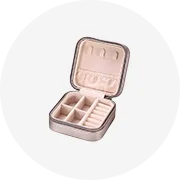








 浙公网安备 33010002000092号
浙公网安备 33010002000092号 浙B2-20120091-4
浙B2-20120091-4